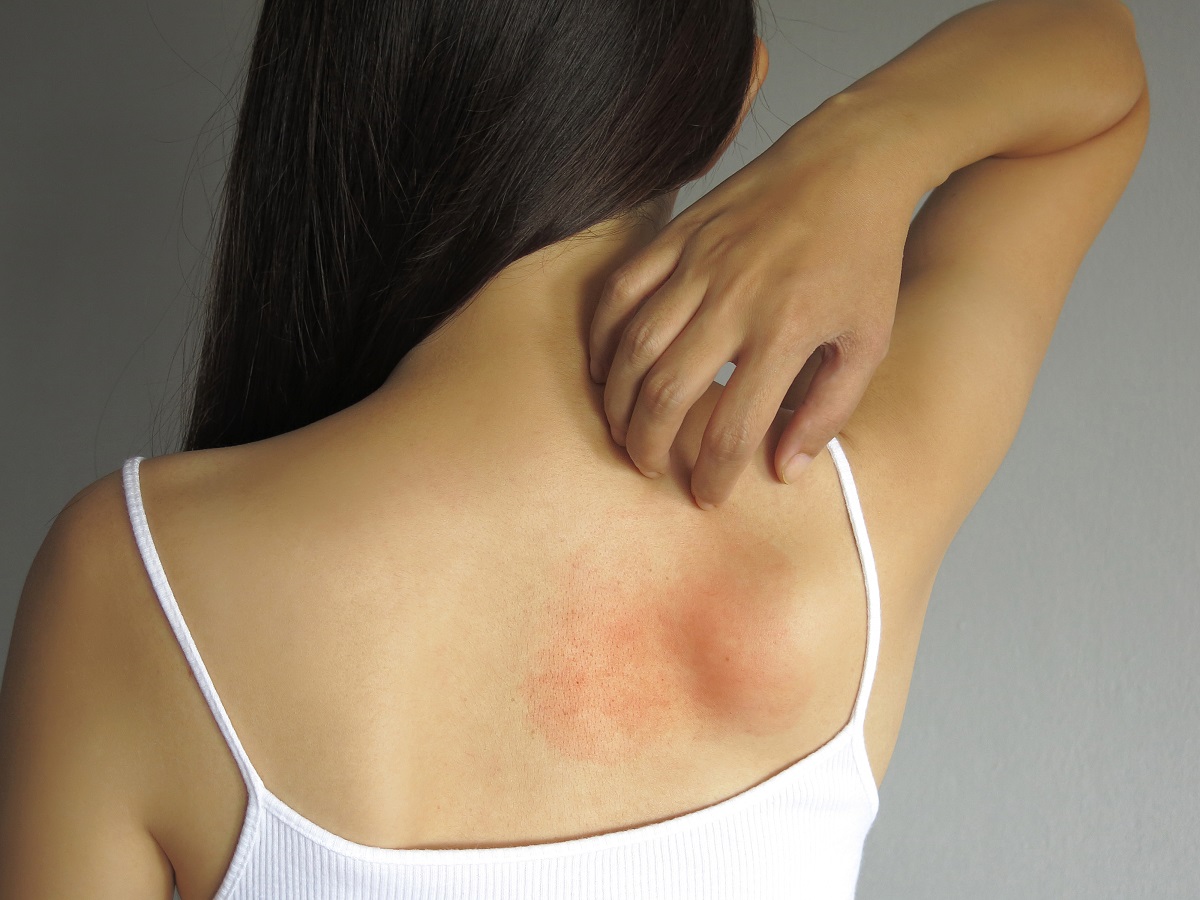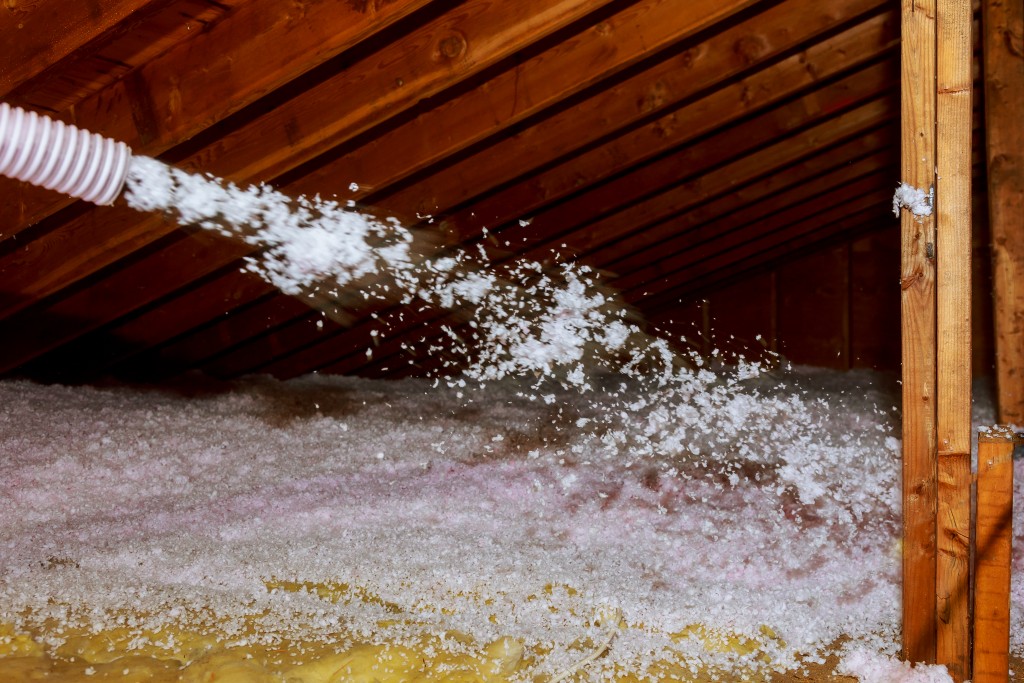You might not have noticed it before. Before the pandemic-induced quarantine, it was easy to assume that all your health irks are related to outdoor elements. Now that you’re frequently at home, however, it’s not as hard to determine why you still reach for your stock of antihistamines and ibuprofen daily.
If you regularly suffer from these health concerns, it’s time to consider that perhaps the problem isn’t outside but within your home.
Allergies and Severe Asthma
There’s nothing like watery eyes and breathing difficulties to keep you from getting out of bed. It’s been a seasonal and circumstantial complication for a while, but you haven’t encountered any clear trigger recently.
Check your house for mold. Do you have leaky piping or roof? How’s the air circulation in your home? Daily chores like clothes drying, showering, and cooking in areas with little to no ventilation encourage mold formation. Where there’s one, there’s an increased risk of asthma, allergies, lung disease, and even a weakened immune system.
Ensure that there’s sufficient ventilation in your home, especially in areas where dampness tends to form. If you’re looking into replacing your leaky roof, go for insulated roofing systems. They will reduce condensation in your home, as well as make it energy-efficient.
Nausea, Fatigue, and Severe Headaches
It’s common knowledge that carbon monoxide is poisonous. What you may not know is that you could be unintentionally exposed to it in your home. According to the CDC, in the United States alone, an estimated 400 people die each year of carbon monoxide poisoning. It’s a shocking number, but not as much if you consider its possible sources.
Any fuel-burning appliance could be a culprit. Your water heater, gas stoves, power tools, and ovens could emit carbon monoxide that you end up inhaling. Simple ways to prevent poisoning is to maintain your appliances and ensure good household ventilation. Install CO alarms, and be vigilant of your symptoms. Whenever you’re unsure if it’s the flu or CO poisoning, don’t delay a visit to the ER.
Nasal Congestion, Rashes, and Itching

Sensitive skin and nose aren’t always to blame for your nasal congestion and endless itching. There comes a point when taking medicines won’t suffice as a solution, especially if it’s a regular problem you have only at home. Take out your investigative lenses and inspect your carpet, bed sheets, blankets, and couches. Dust mites are microscopic pests that feed on dead skin cells. When their feces get suspended in the air, that’s when you’ll usually experience asthma and other respiratory problems.
Keeping dust mites out is surprisingly easy–if you’re fond of cleaning. Clutter is a primary propagator of this pest. Where dust accumulates in large amounts and is left unattended for long periods, mites pop up. De-clutter your home, vacuum thoroughly, and make wise choices in fabric. Allergen-proof bedsheets, pillowcases, and other kinds of cover will save you time and effort in cleaning. They will also provide the relief you need after seemingly endless nights of sneezing and scratching.
A Hazard-free Home
Addressing the hazards in your home is a must. Don’t wait until you and your family suffer from severe symptoms before deciding on a lifestyle change. At the end of the day, the risks you suffer depend on how well you maintain your home and everything in it.



















